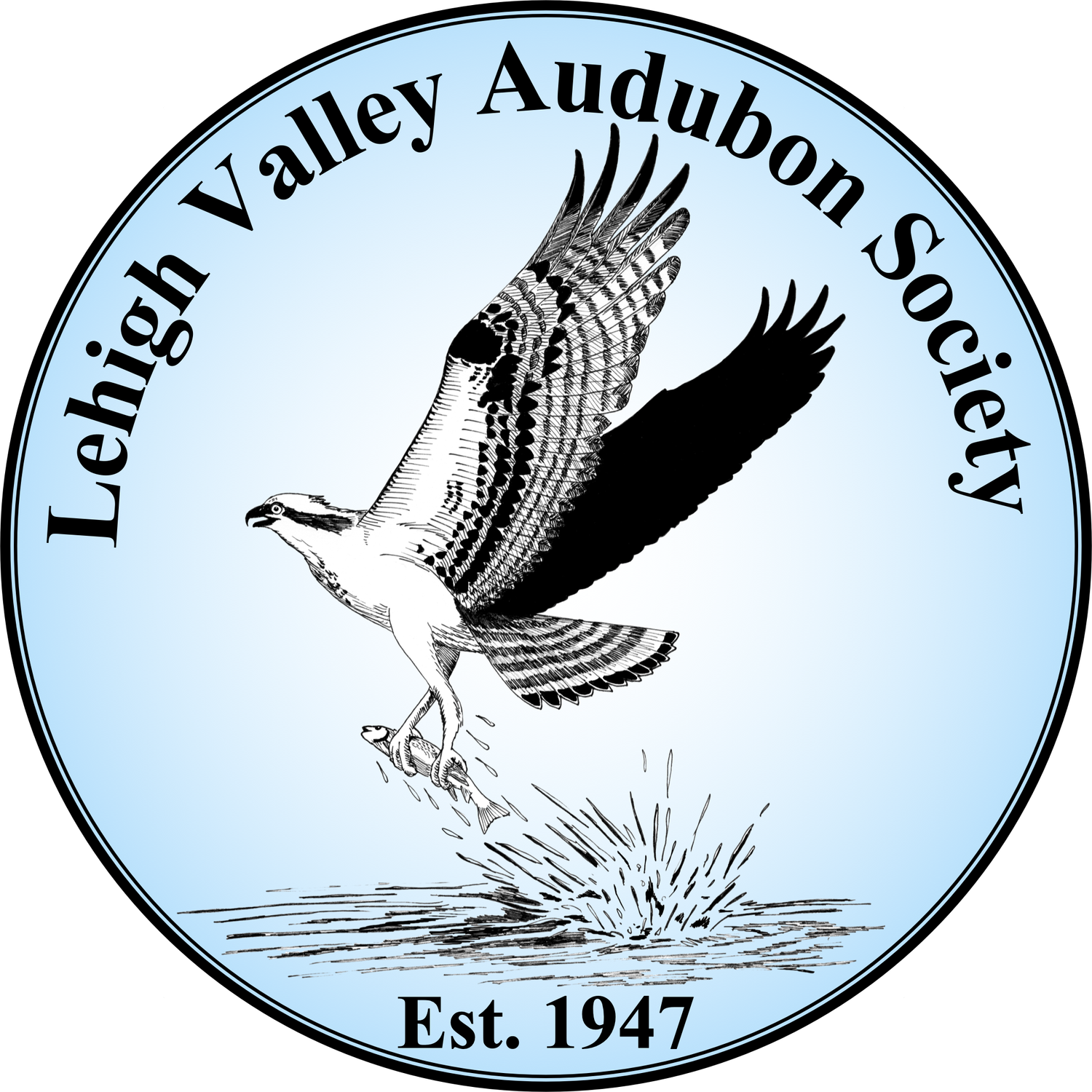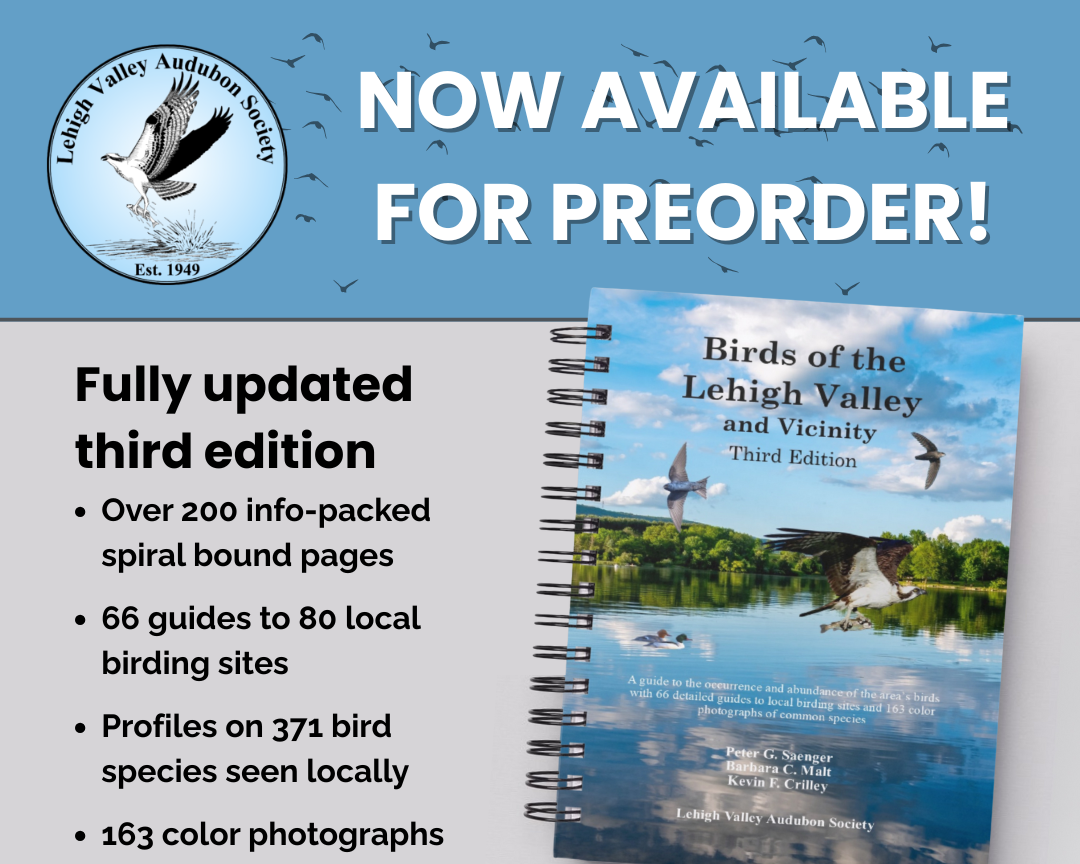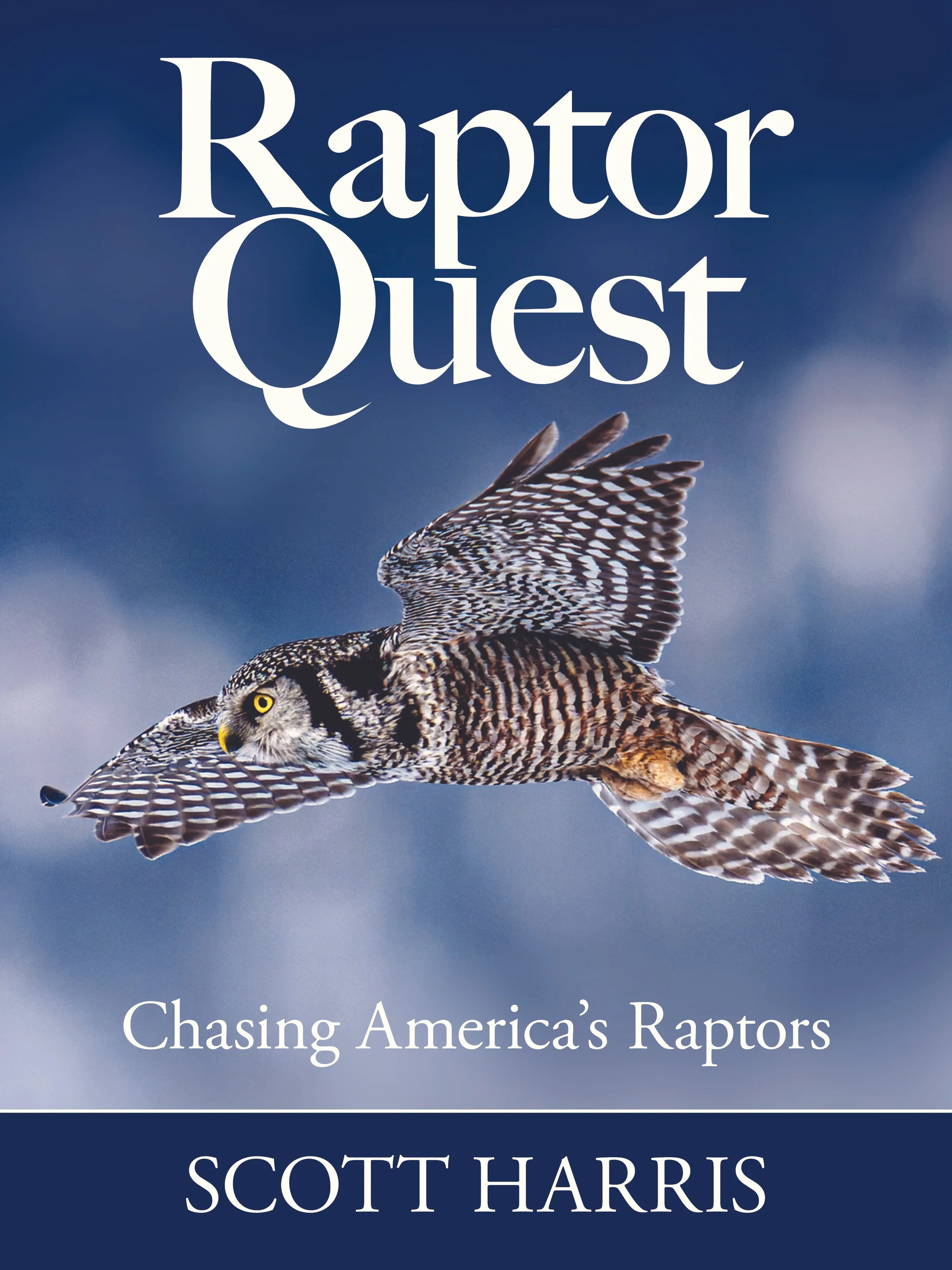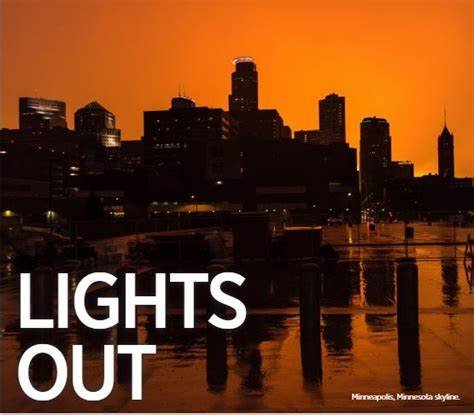We live in a world where we can research anything with the simple click of a button. This is a wonderful thing to be able to do, but we must also realize that not everything we find is fact or current. This holds true when you do a search of the web for bird-window collisions. You can find a wide range of facts, half-truths, urban legends, and just out-right wrong information. It can be difficult to sort through all this and to know what is correct or not.
The first misconception to address is: Big cities with very tall buildings and bright lights are the biggest danger to birds colliding with glass. A recent peer-reviewed, published paper states that only one percent of the 365 million to one billion annual collisions in the US occur at tall buildings four stories or greater.
Backing up a bit, I’d like to look at the numbers. Way back in 1979, Dr. Daniel Klem estimated between one hundred million to one billion birds collide with glass in the US annually. More recently in 2012, Dr. Scott Loss, with a team of others and with 40 years of additional data, updated the estimate to between 365 million to one billion. Big numbers! I, myself and assume others, just can’t wrap my mind around said numbers; too big to comprehend easily. If you use the low number of 365 million collisions annually and compare it to the population of the US, it would be greater than the population of the 200 largest cities. Think about that; New York City, Los Angeles, Chicago, Houston, Phoenix, Philadelphia, and on and on! Still too big for my brain! How about using the median number of 599 collisions annually, which statistically should be the most accurate. Nope. Ok, how about using the low estimate, and see that it conveniently divides by the number of days in a year to one million a day. Still a big number, but think about this; on average, one million birds collide with our windows each and every day, year after year! That is a very sobering fact.
Now, if only one percent of those one million daily collisions occur at high-rise buildings, where is the other 99% happening? The remaining 990,000 daily collisions are split almost equally between our homes and low-rise buildings four stories or less. Just think about the millions upon millions of homes, and thousands of corporate centers, colleges, etc., spread out across this country.
The good news is, this means that 495,000 daily collisions occur at residential homes where any caring homeowner can treat their windows to prevent collisions. But why then, aren’t more of us doing so? Do homeowners need permission? Nope. Don’t they care; is it too expensive? Or, is it the simple fact that most are simply unaware, or don’t think their home is part of the problem. I have been told hundreds of times, “We have never had a collision at our home” or “we only have one or two a year, and they fly off.” So, no big deal. Right? Nope, not right. Think of how many homes are out there and if each one only has one or two collisions a year, how quickly the numbers add up. I don’t believe I’ve ever not found evidence of a collision at any home with untreated windows, with decent habitat around them. Two more sobering facts to keep in mind. One, research has shown that up to 50% of all collisions leave no evidence. No bodies, no marks on the glass; nothing. And two, in conversations with a number of rehabilitators and veterinarians, and reviewing a recent study, it is speculated that more than 50% of collision victims die after flying away. This includes the bird that was stunned, lying on your deck for a few minutes, then flew away. As well as those that bounce off the glass, flying away immediately, not appearing to be hurt at all. They die out of sight from concussions and unseen internal injuries. Fifty percent leave no evidence, and up to 50% die later. How many birds did your house kill last year?
People are simply unaware, and this is where Lights Out efforts offer so many benefits. They save energy, they help preserve our view of the night sky, etc., and they bring collisions to people’s attention. Then, of course there are the bird lives that they save. Even if the mass collisions only occur infrequently, they can save thousands in a single night. How many homeowners do we need to convince to treat their windows to save thousands of bird lives Thousands. An uphill battle for sure. I see Lights Out efforts as a springboard to educating people of the problem.
When a city goes dark, how many people did it take to agree to doing so? How many people notice and ask why? How much media attention does it get? I am thinking a huge number of people learn about the collision problem for the first time because of Lights Out programs. This is the perfect opportunity to work together to educate not only on the problem of bright lights, but also on the problem of the one and two birds killed at houses around big cities, in the endless urban and suburban sprawl. Don’t forget what I said in Part One, that even if there is not a mass mortality event in downtown, thousands can die in a single day, if the bright lights confuse our birds, causing them to descend into the surrounding sprawl. There, at dawn they face the reflections of sky and habitat on our windows.
If you care or even have just a casual interest in learning more, I would suggest reading Dr. Daniel Klem’s recent book, Solid Air, found at: https://www.hancockhouse.com/products/solid-air. Written in the style of Silent Spring, so an easy and informative read for the general public, as well as any professional wanting to better understand the problem. We have developed materials to help educate people on this subject and I’m offering to help anyone interested in learning more. I can be reached by email at psaenger@muhlenberg.edu, and you can also visit our website at: http://aco.muhlenberg.edu
Turn off the lights, treat those windows, and save our birds!












